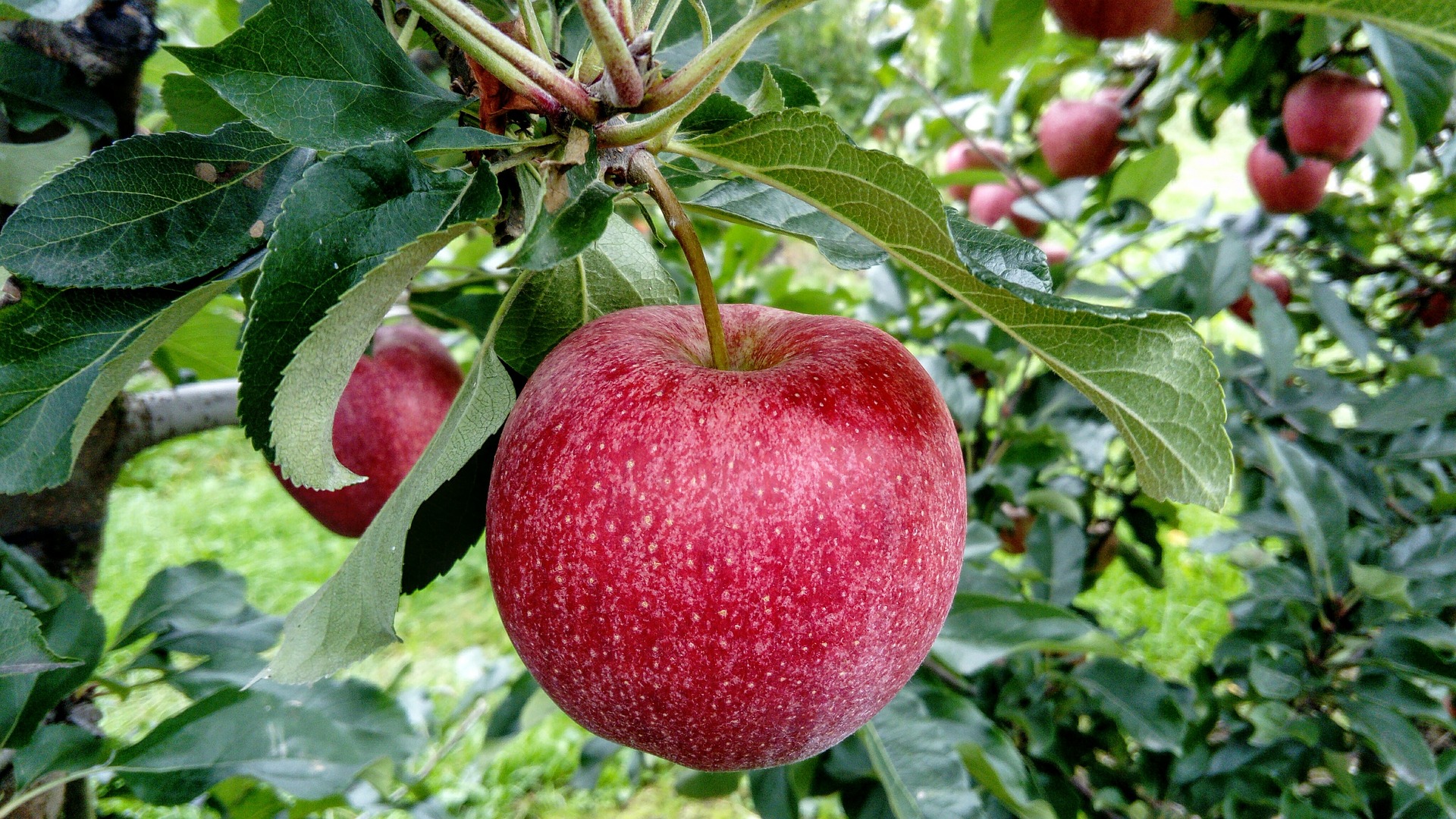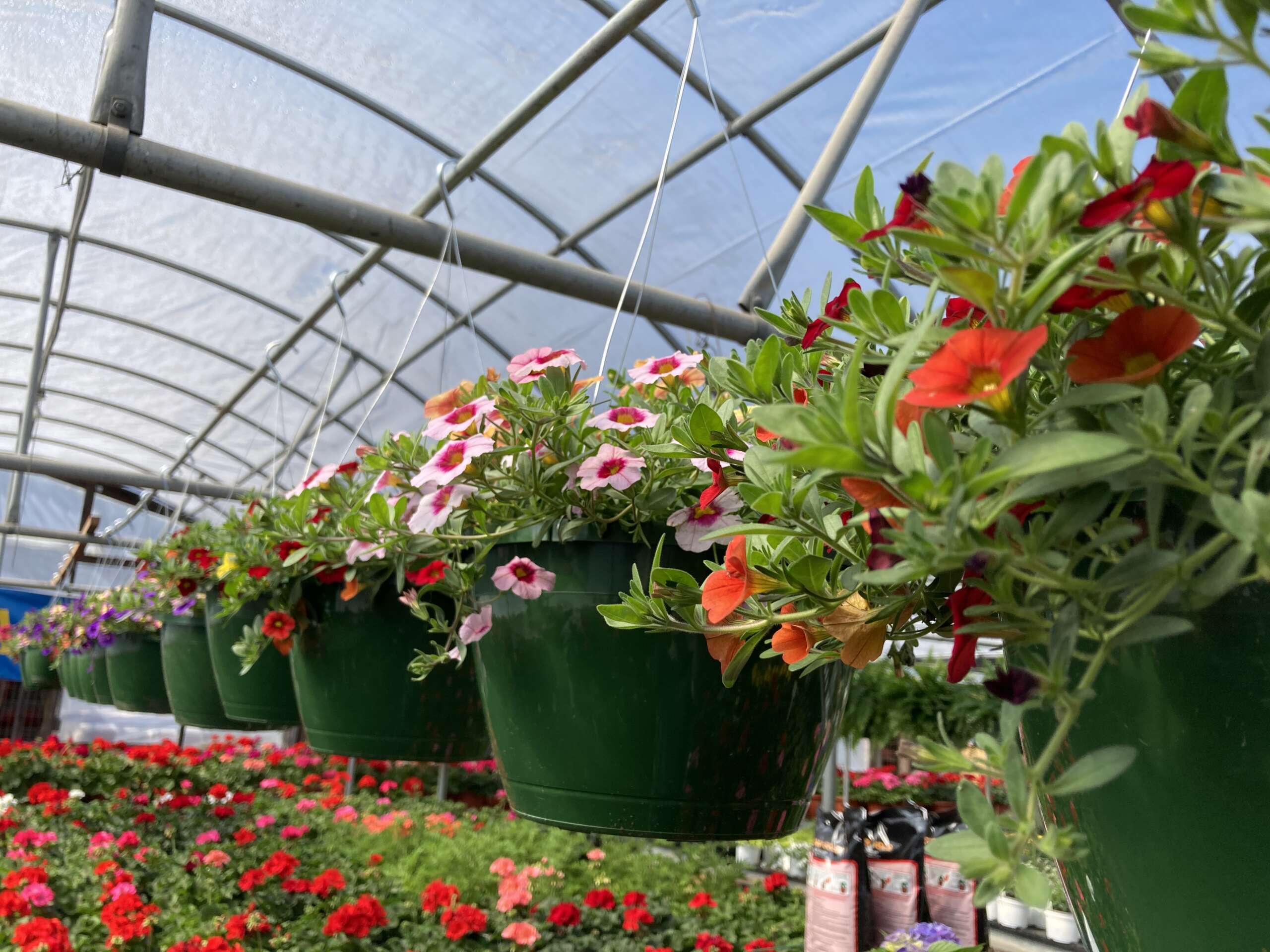There are many choices of seed on the market. You have old standbys such as Kentucky 31 (KY-31) and Kentucky Bluegrass. There are many selections of the so called tall turf type fescues as well as Bermuda grass, Zoysia, and lots of rye grasses. How do we decide which is the right one for us to plant? In my opinion, there is only one group of grass for our local area. If your lawn gets four to six hours or more of light per day, the turf type fescues are what you should plant. But let’s take a look at what is available.
Turf Type Tall Fescue – There are many varieties of turf type fescues on the market. Originally, the first of these were found as a sort of Kentucky 31 (KY-31). The turf types have a more narrow leaf and a darker green color than KY-31. They also tend to stand dry weather and shade better. They are a richer looking grass. New varieties of turf fescues appear on the market each season. Usually improvements from one year to the next are slight. There are many good varieties on the market, and I can’t say that one variety is better than all the others. Most turf type fescues are purchased as a blend. Usually there are three named varieties blended together and sold under a trade name such as, “Gary’s Premium Blend.” Each seed distributor has their own house blend, such as Wetsel’s “Class Act.” Rarely do I have a call anymore for a single variety of seed. The seeding rate for turf type fescues usually run 5 to 6 pounds of seed per 1000 sq. ft. when sowing a new lawn. Other seeding rates will normally be 3 to 4 pounds. Turf type fescues are certainly the seed of choice for a nice lawn in Central Virginia.
Kentucky 31 – The old standby for lawns in and around Lynchburg. This grass was used for many, many years, and people were satisfied with the results. However, with the development of new breeding programs, KY-31 is rarely used except where cost is a factor. KY-31 is characterized by a broad leaf, and a paler green color than the turf type fescues. KY-31 is a much coarser grass than turf types. The seeding rate is the same as the turf type fescues.
Creeping Fescue – Often referred to as creeping red fescue, also sold as Pennlawn and other brand names. If you have a heavy shade problem this is the grass of choice. Creeping fescue is a very fine bladed grass not much thicker than a hair. It usually does not grow over 3 to 4 inches tall and will only need mowing 2 to 3 times per season. It is not a pretty grass, and does not tolerate sun well. Seeding rates would be 3 to 4 pounds per 1000 sq. ft. of bare area.
Bluegrass – A beautiful lawn grass for cooler climates. It is not recommended for this area. Our summers are normally too hot and dry to maintain bluegrass. It will do well for short periods, but when we hit 90 degree days in the summer, disease usually takes it, and most bluegrass dies.
Perennial Ryegrass – Maybe the best looking of all lawn grasses. It is not suitable for our hot, dry summers. Ryegrass will not stand as much heat as bluegrass. It usually dies out in early spring. It does have the advantage of germinating in cool temperatures. A lawn over seeded in fall with perennial rye will look great throughout the winter.
Annual Ryegrass – Not a seed to use for lawns. It is something mixed with desirable varieties, particularly during cool weather to provide a cover crop while the desired variety is becoming established. Annual Rye dies out in early spring, as soon as the weather begins to turn warm.
Bermuda Grass – All of us have some Bermuda grass in our lawns. We call it wiregrass and try every way we can to kill it. Bermuda grass is a warm season grass used further south for lawns. In this area, it is mostly used on sports fields. It spreads by rhizomes and stollens so it is constantly spreading and thickening. In Central Virginia it turns brown with frost, and then grows back up in the spring.
Zoysia Grass – I can’t imagine why anyone would want a zoysia lawn. It is usually established by plugs, sold by mail order, and tends to be very expensive. It is very slow to spread, but once established almost impossible to get rid of, and continues to spread slowly but surely. If your neighbor has zoysia, sooner or later you will too. It stays green only about 6 to 7 months of the year.



